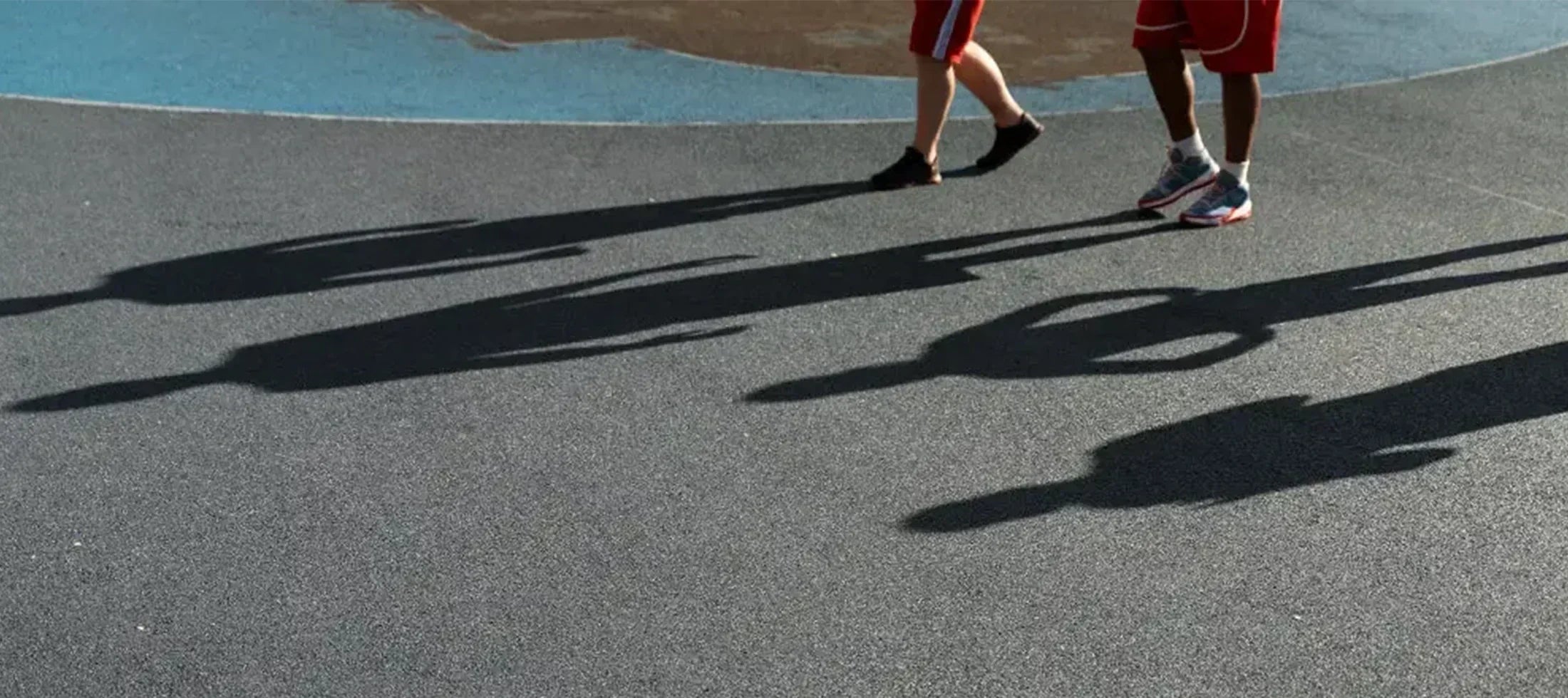Overview
Walking or running is really confusing when it comes to fat loss. Both of them are cardio, but what will work for you depends on your goal because they have different paces, intensities, and impacts on your body. In this article, we will break down the truth so you can decide what’s best for you.
Calories Burned: Walking vs. Running
Let’s talk numbers. In the same period, running burns more calories than walking due to high-intensity cardio. The number of calories burned when walking and running is contrasted here:
Walking at 3.5 mph will burn 314 calories per hour for a 160-pound person.
Running at 5 mph will burn 606 calories per hour for a 160-pound person.
Still, it’s not just about the calories. Calorie burn from walking versus running varies with effort, weight, and speed. You can close the calorie gap by walking more or more quickly.
Impact on Metabolism and Fat Loss
Running tends to have a stronger effect on metabolism. High-intensity running increases your post-exercise calorie burn through a process called EPOC (excess post-exercise oxygen consumption). This means your body keeps burning calories even after the run is over.
But in walking, your body uses fat as an energy source, which makes it an ideal choice for fat loss without stressing your body. If you are a beginner, then walking is the ideal choice to start because it's easy and sustainable.
Which is Better for Weight Loss?
Fat loss can result from both running and walking. But proper dedication is required, and the amount of fat loss depends on the number of calories you burn. Which will be most effective for you will depend on your fitness level and goal.
-
Running is better for quicker results and higher intensity.
-
Walking is easier to stick with, especially if you're just starting or recovering from injury.
Therefore, the answer to the question, "Is walking better than running for weight loss?" depends on your fitness level, goals, and lifestyle.
Joint Health and Injury Risk
Running puts more strain on your joints. It has a high impact, particularly on the ankles and knees. If done improperly or too often, it increases the risk of injuries like shin splints, runner’s knee, and stress fractures.
Walking, on the other hand, is low-impact. It’s safer, especially for people with joint pain, obesity, or chronic conditions. If your goal is long-term weight loss without setbacks, walking might be the better option.
It's always best to start with walking and then gradually move to running, but always listen to your body and don’t overburden it.
Which Exercise is Best for You?
Ask yourself:
-
Do you enjoy high-intensity workouts?
-
Are your joints healthy?
-
Do you prefer fast results or steady progress?
If you’re healthy, injury-free, and want faster fat loss, running might be your best cardio for weight loss.
If you’re overweight, recovering, or just starting, walking is ideal for building consistency without burnout. A comparison is described according to the factors in the following table for better decision-making. You can choose one that matches your body state and required results.
|
Factor |
Walking |
Running |
|
Calories Burned |
Lower per minute |
Higher per minute |
|
Fat-Burning Efficiency |
Burns fat at a steady pace |
Burns calories quickly, boosts metabolism |
|
Impact on Joints |
Low impact, joint-friendly |
High impact, increased strain on the ankles and knees |
|
Injury Risk |
Minimal |
Higher, especially without proper form or warm-up |
|
Suitable For |
Beginners, overweight individuals, injury recovery |
Intermediate to advanced, those aiming for fast fat loss |
|
Long-Term Sustainability |
Easier to maintain over time |
Can result in injury or burnout if done excessively. |
|
Equipment Needed |
None |
Good running shoes recommended |
|
Accessibility |
Can be done anywhere, anytime |
Requires more space or a treadmill |
|
Best For |
Consistency, daily movement, gentle fat loss |
Quick results, fitness boost, higher calorie burn |
Also consider walking vs jogging for fat loss — jogging offers a middle ground: more intense than walking, but gentler than running.
Tips to Maximize Fat Loss
Whether you choose walking or running, these tips will boost results:
Be consistent: 30–60 minutes a day, 5 times a week. Consistency gives motivation to carry the goal and celebrate small victories.
Add intervals: Alternate walking with fast walking or running to spike fat burn.
Use inclines: Hills or treadmill inclines increase intensity without increasing speed, but be gentle on your body.
Watch your diet: Exercise helps, but fat loss happens with calorie control, and eat more protein for muscle building.
Stay hydrated: Water helps mobilize fat and keeps your metabolism active. Electrolyte balance is very important for your health. Along with water, minerals should also be used, especially in summer, because perspiration loses important minerals from your body.
Conclusion
Running and walking can both aid in fat loss. Running burns more calories faster, but walking is easier on your joints and easier to stick with long term. The best choice is the one you’ll do consistently. Fat loss isn’t about doing more — it’s about doing what works for you. Whether you're trying to start running after an injury, getting into a walking routine, or mixing both — just stay active and stay consistent. That’s what truly matters.
FAQs
Is walking more effective than running for fat loss?
It depends on your body and your goals. If you're short on time, running can help you burn more calories quickly, leading to quicker fat loss. Walking may be simpler, but that’s exactly why it’s easier to stay consistent with it in the long run. If you’re consistent with walking and pair it with healthy eating, it can be just as effective for fat loss. The best choice is the one you can do regularly without burning out or getting injured.
Should I run or walk if I want to lose weight?
If you’re just getting started or have joint issues, walking is a safer and more sustainable option. But if you're healthy, injury-free, and enjoy higher-intensity workouts, running may help you lose weight faster. Some people even do both, walking on rest days and running on training days, to keep things balanced and avoid overtraining.
Does running burn muscle along with fat?
It can, especially if you're running a lot and not fueling your body properly. Long-distance or excessive cardio without strength training or enough protein might cause some muscle loss. To avoid this, make sure you're eating enough protein and including resistance training in your routine. Supplements like Jacked Nutrition’s Whey Protein or BCAAs can also help preserve lean muscle during weight loss.
How often should I walk or run for effective fat loss?
Get 30–60 minutes of moderate to vigorous exercise five days a week for best results.. That could be brisk walking, light jogging, or running, depending on your level. If you’re short on time, shorter sessions of higher-intensity workouts can also work.
What matters more in walking or running for fat loss: speed, distance, or time?
All three play a role, but consistency and total effort over time matter most. Walking faster or running longer will burn more calories, but even short, steady efforts add up when done regularly. Some days, just getting out there is a win, and over time, those wins lead to real fat loss.



Share:
Quantity and Quality of Weight Loss Food Portions
Low Calorie Meals for Weight Loss